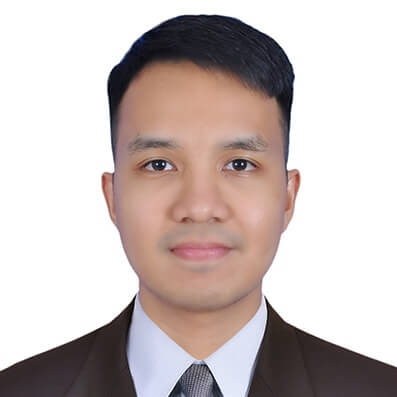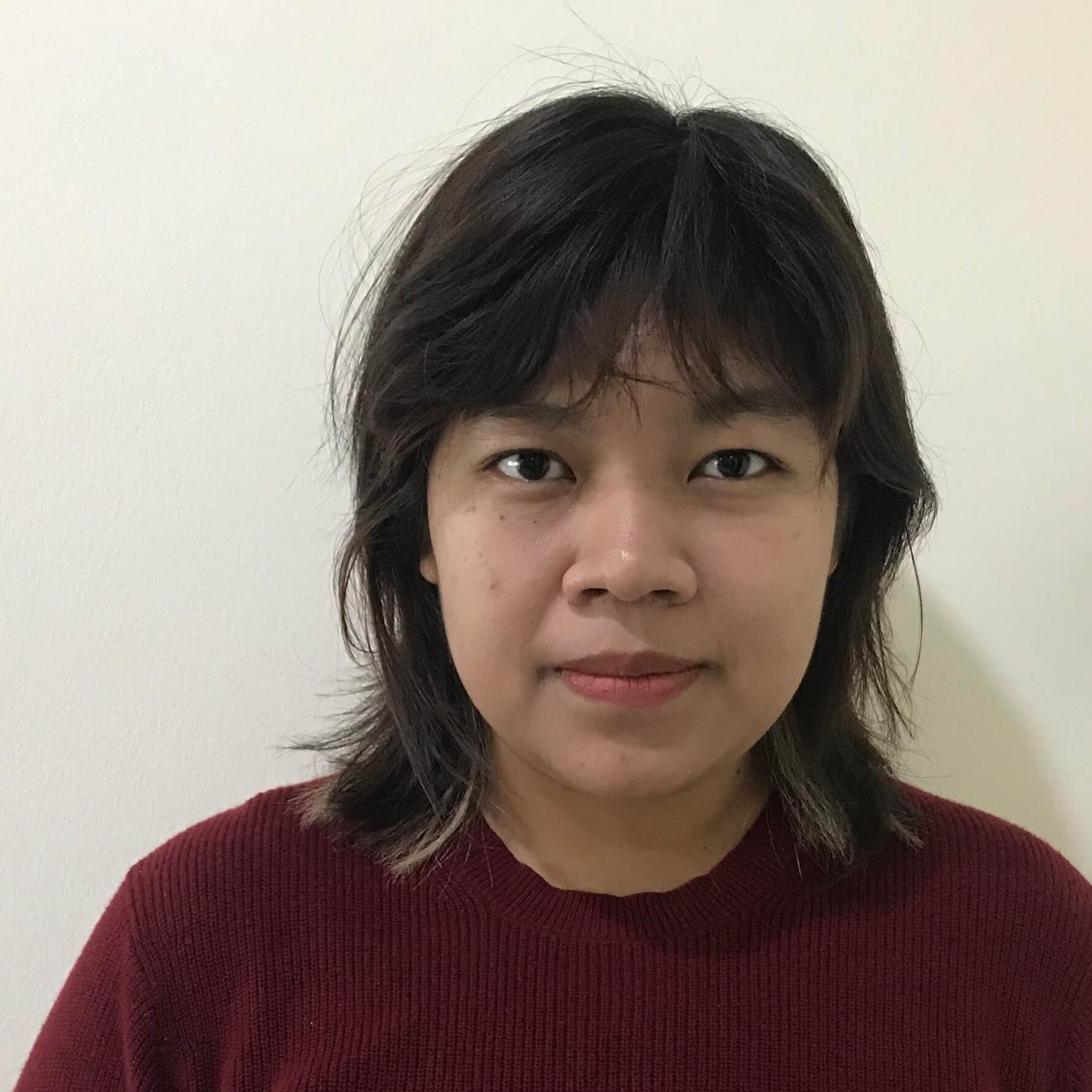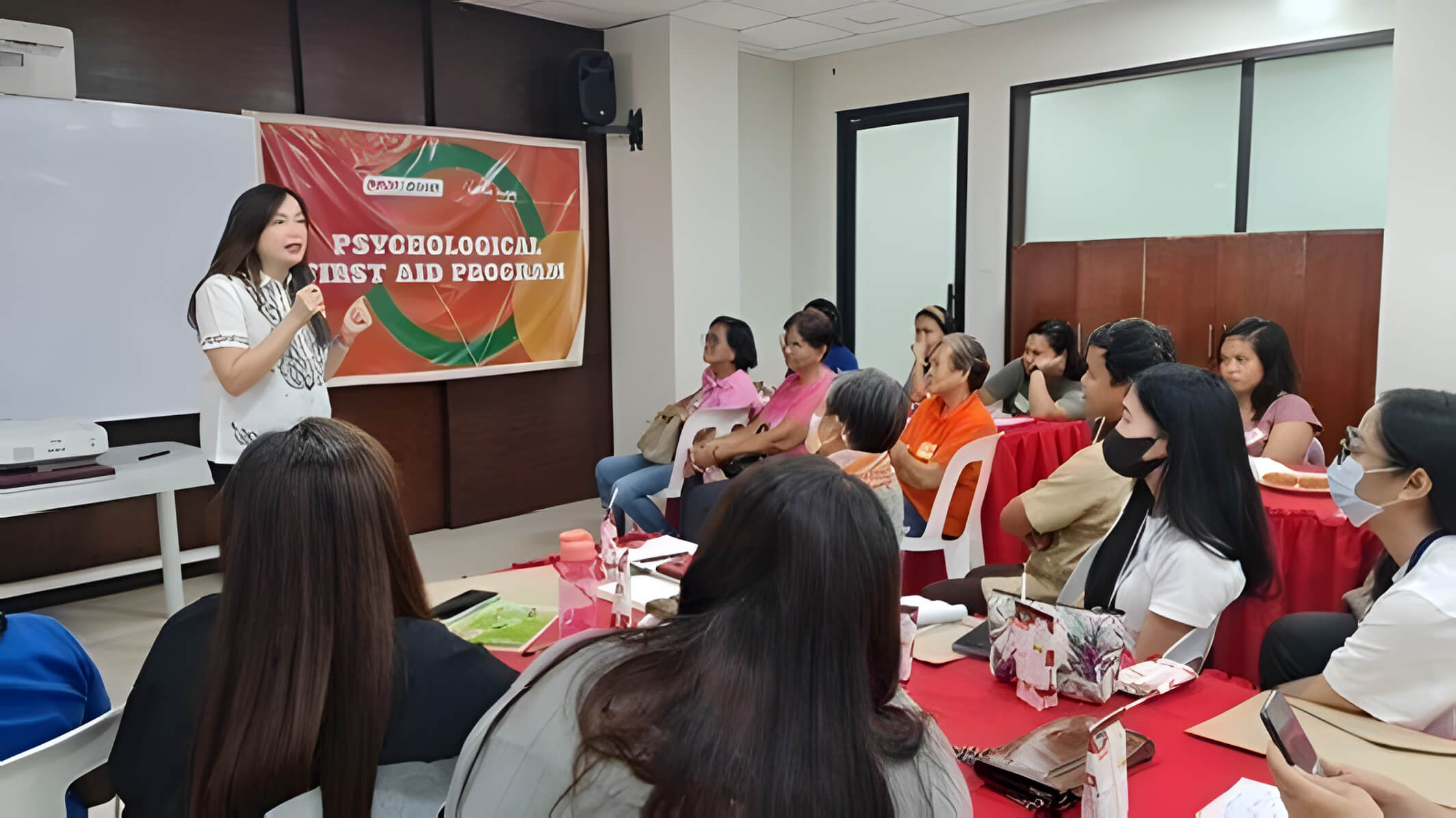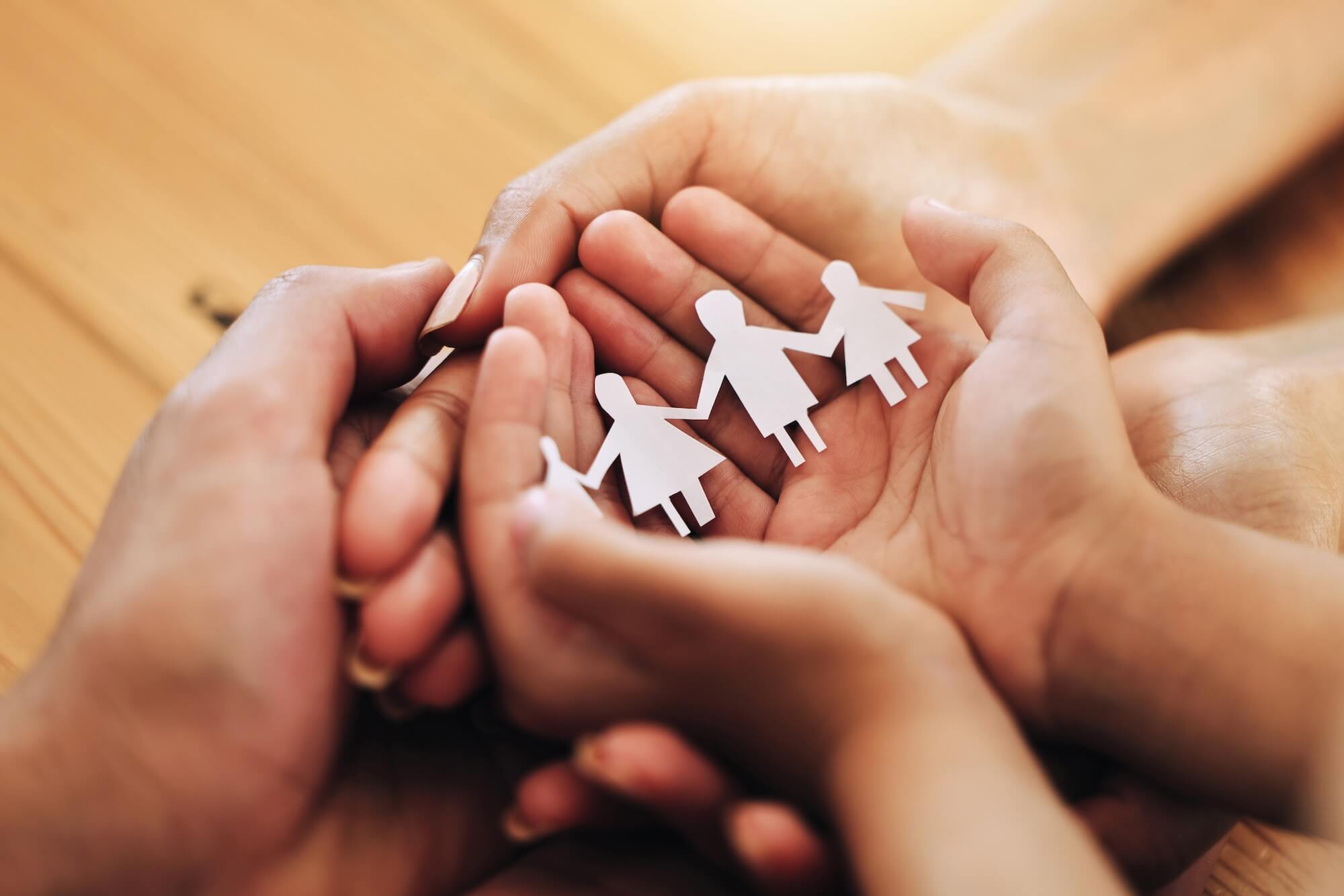









ASEAN’s young people are critical partners in promoting mental health and wellbeing.
Youth mental health in the ASEAN region: The issues and impact
Youth mental ill-health has increased at a staggering rate following the COVID-19 pandemic. The World Health Organization (WHO) reported a 25 per cent increase in the prevalence of anxiety and depression worldwide, with youth significantly impacted (WHO, 2022).
In Southeast Asia, 213 million individuals are categorised as youth (15-34 years of age) (ASEAN Secretariat, 2017), equivalent to 34 per cent of the region’s population of over 600 million people. The onset of mental ill-health peaks in adolescence and early adulthood, with 75 per cent of mental ill-health beginning before the age of 24 (Kessler et al., 2007). Adolescence and early adulthood represent a critical developmental period for education, employment, and relational outcomes (WHO, 2018). The experience and impact of mental ill-health during this life stage can interfere with the development of skills needed to navigate social and economic milestones successfully. The effect of worsening youth mental health in the ASEAN region is compounded by the limited investment in mental health systems, lack of youth-specific mental health services, and the impact of community stigma. Across the ASEAN region, mental health funding falls short of the WHO’s recommended budget of 7.4 and 14 per cent of total health expenditure (Whiteford et al., 2013). The Mental Health Atlas reported that mental health expenditure across the ASEAN Member States was between 1.1 and 2.9 per cent of total health expenditure compared to the recommended expenditure of 5 per cent. As a result, the treatment gap in the region can be as high as 90 per cent (Sharan et al., 2017) despite the significant burden of mental ill-health among youth.
Youth mental health has significant impacts on economic productivity, including impoverishment, social disconnection, lifetime disability, and increased mortality. Suicide among the youth aged 15 to 29 years is highly prevalent in the ASEAN region (WHO, 2021). According to a 2017 report from the WHO’s South-East Asia region, almost one in eight adolescents reported attempting suicide one or more times in the past year (WHO, 2017). The economic value of this burden is estimated to be a loss of 4.8 per cent of gross domestic product across the ASEAN Member States (WHO, 2021).
A shortage of funding, mental health professionals, infrastructure, training, and accurate and specific evaluation at the national and regional levels further limits the availability of mental health services. Furthermore, mental health remains highly stigmatised within the region due to lack of knowledge and the prevailing cultural norms.
Considering these significant concerns, the ASEAN-Australia Youth Mental Health Fellowship programme was launched. The fellowship’s aim is to develop mental health programmes and initiatives that the youth can support and lead in improving and enhancing mental health in their countries and local communities (Orygen, 2024). To date, 28 young people from across the ASEAN region have participated in the programme. In March 2024, 15 more young people from the region were appointed fellows and commenced their fellowship journey with great enthusiasm and commitment.
The ASEAN Mental Health Systems report (2016), the ASEAN Post-2015 Health Development Agenda (2016- 2025), and the ASEAN Plus Three Leaders’ Statement on Cooperation on Mental Health Amongst Adolescents and Young Children have established the issue’s prominence. In the region, youth are key partners in driving solutions to address the mental health needs of their communities. The ongoing work of youth to lead and partner on youth-specific mental health programmes and education and actively participate in decision-making on youth mental health supports the health, development, and economic and social outcomes of youth across the ASEAN region.

Youth-specific mental health programmes
Early education, promotion, detection, and intervention of mental ill-health have been found to improve the prospects and outcomes of youth who are at risk or who have been diagnosed with mental ill-health (Balmer & Pleasence, 2012; Muir et al., 2009). Here are three examples of youth leading work on early mental health education, promotion, and intervention.
Gamlangchai (the Lao PDR) is one initiative empowering youth to become more resilient towards mental health challenges by providing them with the tools to build supportive communities. The initiative was founded by four young people—Phatsaline Vongsaly, Anna Souvannalath, Ketsada Soysouvanh and Mayu Masuhara—three of whom are former ASEAN-Australia Youth Mental Health Fellows. Their involvement in the youth mental health champions programme, peer support programme, and mental health awareness-raising events have supported the training of more than 60 youth mental health champions and 25 peer supporters. Their Youth Wellness Festival in 2023 also engaged over 780 young people in Vientiane.
mindline.sg (Singapore) is another example of youth contribution to early intervention. mindline. is a national digital mental health programme launched by the Singaporean Ministry of Health, Office for Healthcare Transformation in June 2020. In 2021, the Mindline team embarked on a six-month journey to conceptualise a digitally-enabled solution addressing the needs and aspirations of youth. Tricia Tan, a medical intern and former Youth Mental Health Fellow, recognised the importance of youth partnership in designing youth mental health solutions and founded Mindline’s first Youth Advisory Group (YAG). The YAG collaboratively designed programmes, shaped assessments, prototyped initiatives, and contributed to youth branding. The initiative culminated with creating Youth Mindline, a youth-friendly digital product comprising a content-based portal, and Let’s Talk, a community platform for youth to connect anonymously with peers and trusted professionals to discuss mental health concerns. This collaborative effort through codesigning and centring youth voices has ensured relevant and supportive youth mental health initiatives, ultimately building a more effective and impactful youth mental health system.
Better Today PH (Philippines) addresses the treatment gap by delivering a community-based mental health programme called Psychological First Aid Training. Former ASEAN-Australia Youth Mental Health Fellows Kat Mallari has led the training of 350 Psychological First Aid volunteers from various sectors, including youth, senior citizens, individuals, and healthcare workers. Better Today PH (@bettertodayph) also uses social media, including Facebook, Instagram, X, and YouTube, to increase mental health awareness. Since 2020, they have reached over 45 million people through collaborative initiatives such as conversation series and webinars.
Strengthening youth partnerships and youth empowerment for improved youth mental health solutions and approaches
The initiatives and contributions of youth to mental health promotion and early intervention highlight the benefits of youth-led mental health approaches. They provide opportunities for youth with lived experiences to have their voices heard in decision-making. Youth partnership and empowerment can prompt the exchange of theory and practices and innovative solutions to address sophisticated challenges today, such as misperceptions of mental ill-health and associated stigma (UNICEF, 2022).
These youth-centred approaches pave the way forward to inclusively consider the diverse mental health needs of young people in the ASEAN region.
The views and opinions shared in these conversations are solely those of the authors and do not reflect the official policy or position of ASEAN.








